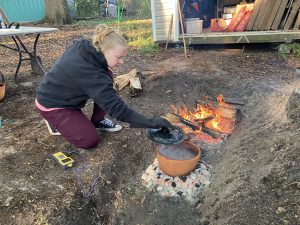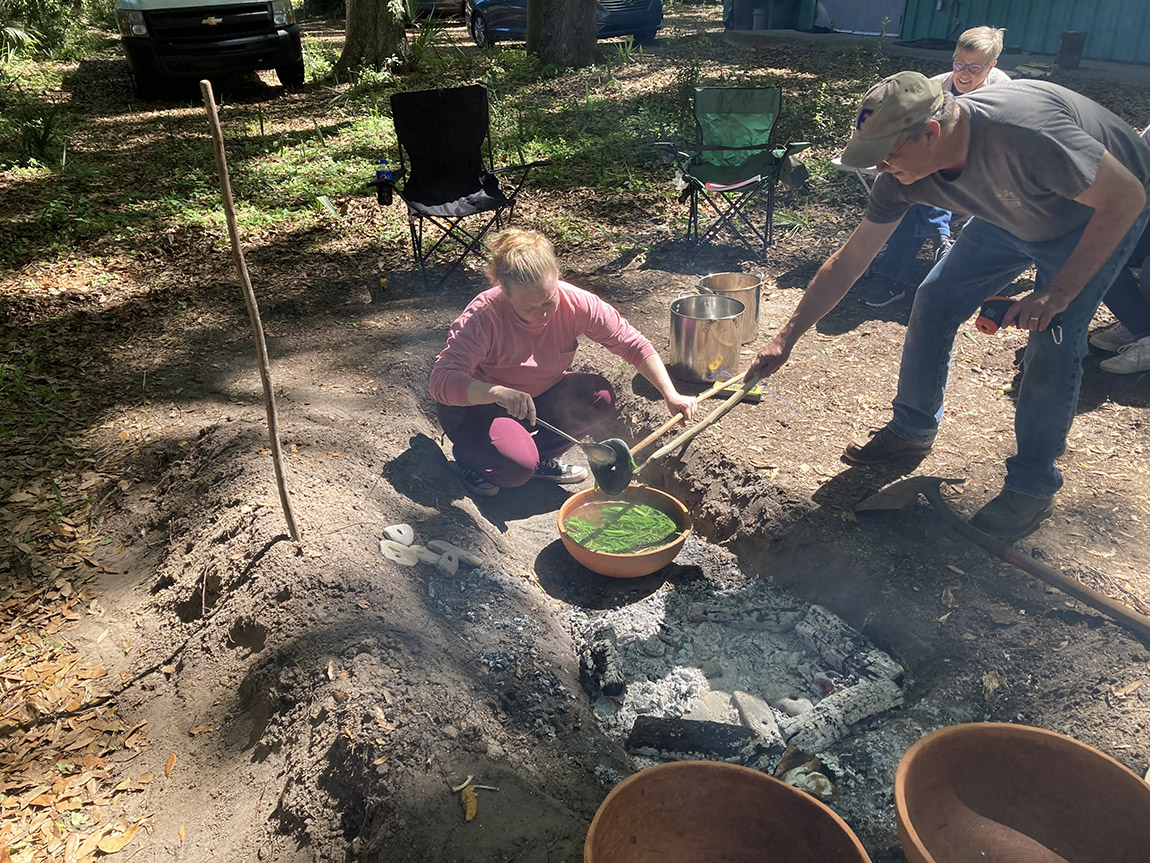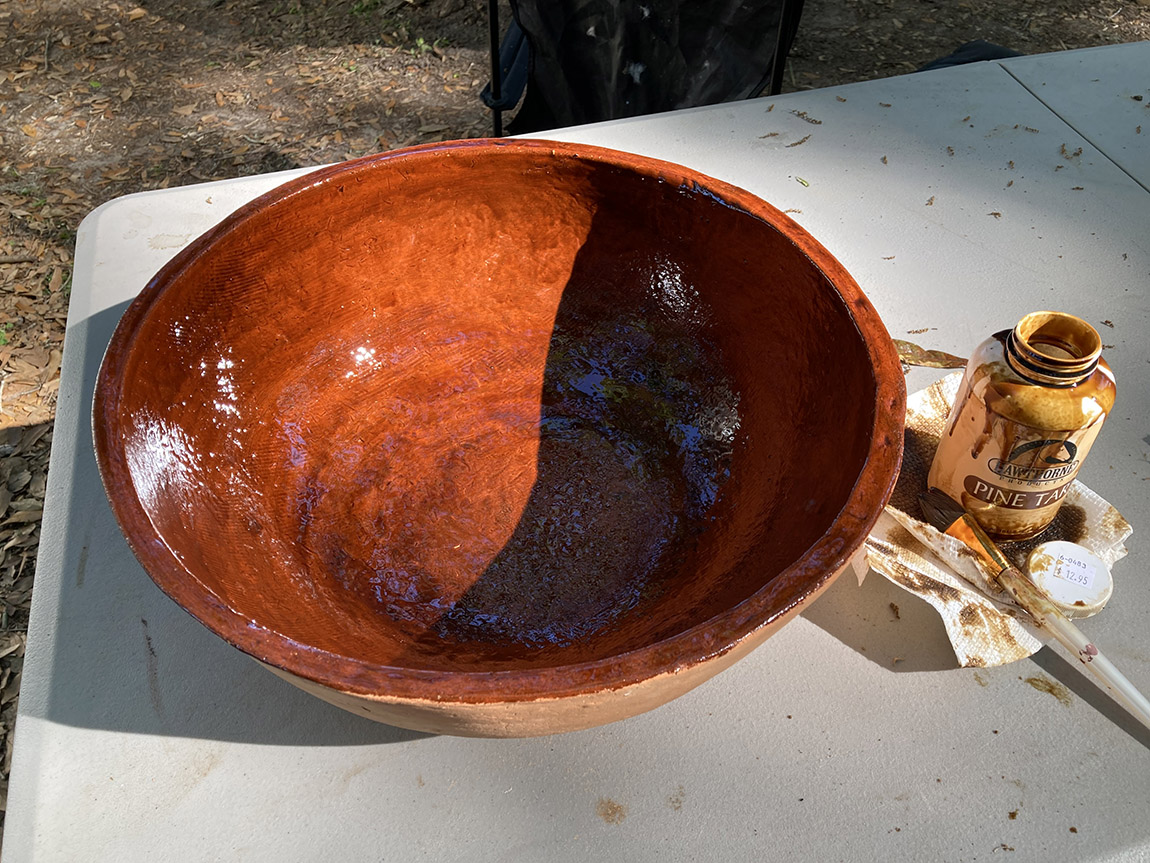Emily Bartz, ARAS-UAPB Research Station
"Archeology is..." series - November 2025

Scientists often rely on experiments to test, validate, or challenge their ideas. Archeology, as both a humanistic and scientific field, is no different. Archeologists work with fragments of the past—broken pottery, stone tools, animal bones, and other traces of daily life—to interpret how people once lived. Because the evidence is incomplete, those interpretations are always open to testing and revision. One way to do that is through experimental archeology—the scientific study of the past through recreating and testing the tools, technologies, and practices used by communities in the past.
Experimental archeology helps bridge the gap between theory and practice. Like any experiment, it begins with a hypothesis (for example, “this tool was used for cutting hides”), followed by controlled testing and analysis to see whether the results match expectations. Since the rise of processual or “New Archaeology” in the 1960s and 1970s, this hands-on approach has become a major part of archeological research, allowing scientists to connect physical evidence with real human behavior.
The approach can be applied to nearly any question about the past. For example, a stone knife can be replicated using the same raw materials and techniques employed by earlier toolmakers. Each replica can then be used to cut different materials—bone, hide, or plants—and the resulting wear patterns examined under a microscope. Comparing those experimental marks to real artifacts helps determine how the originals were used (Keeley 1980; Miller 2014). Experiments with pottery have also examined how exterior carbon deposits form, with observations of soot and char patterns providing insights into vessel placement, heating intensity, and use (Hally 1983; Skibo 1992). Similar experimental frameworks have been applied to other artifact classes, including bone (Egeland 2003), perishable materials such as baskets and textiles (Hurcombe 2008), and ornaments like beads (Gurova et al. 2013), as well as to larger-scale features, architecture, and even taphonomy—the study of how archeological deposits form over time. Together, these experiments help researchers understand not only what people made, but how and why they made it.


